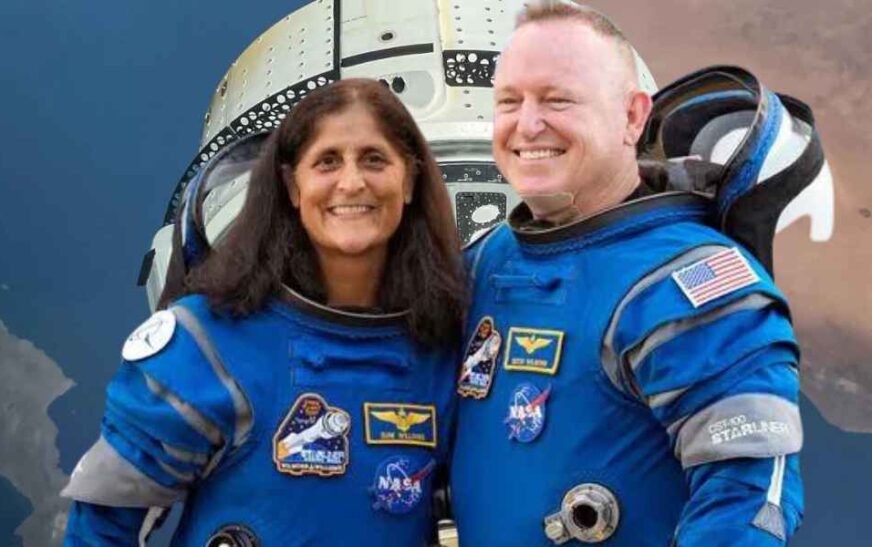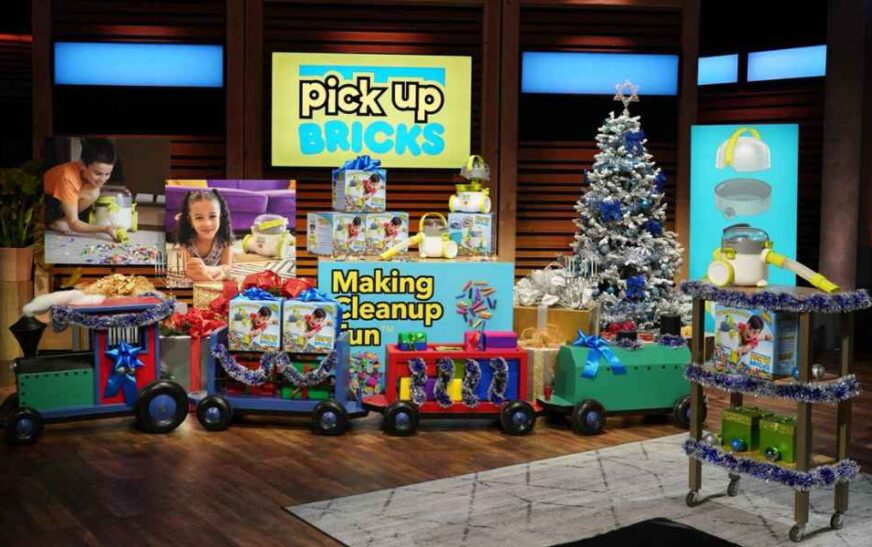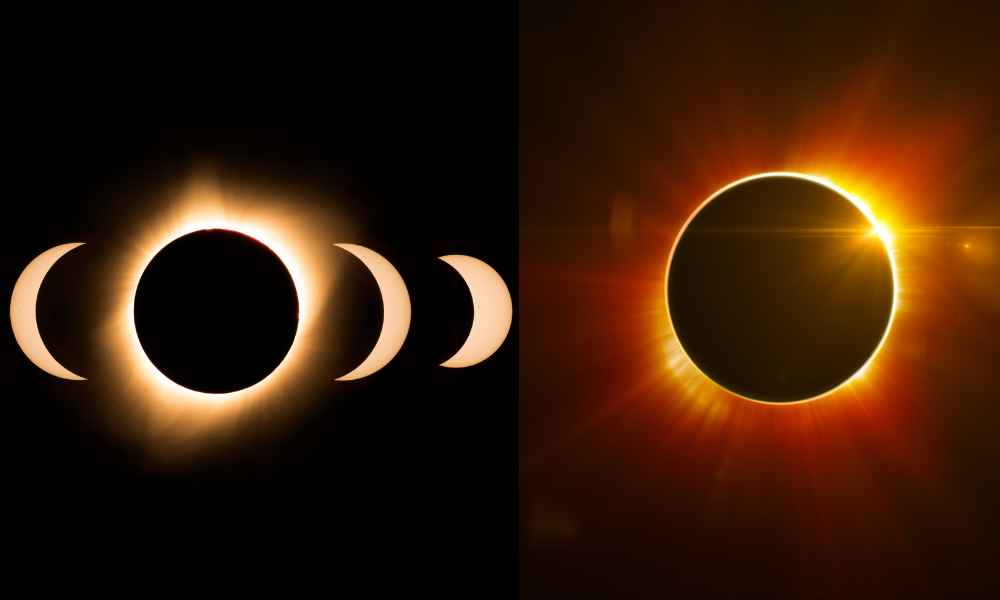Boeing’s Starliner spacecraft, with astronauts Butch Wilmore and Sunita Williams stuck in space for more than over two months. Due to safety concerns with the spacecraft, the astronauts might have to stay in space until February 2025. Also, they are currently at the International Space Station (ISS), and returning them to Earth again, the SpaceX company has joined with NASA and Boeing. So, let’s explore what could happen!
The Boeing Starliner Mission: From Launch to Stuck
The Crew Flight Test (CFT) mission aimed to evaluate the Starliner spacecraft for commercial space travel. After two failed attempts on May 6 and June 1, it launched from Cape Canaveral, Florida, on June 5, 2024, and docked with the International Space Station (ISS) the next day despite several technical problems. These issues included helium leaks and the failure of five out of its 28 thrusters. The mission was initially planned to last only eight days, but these technical issues have extended their stay.
NASA first said the Starliner could stay in space for only about 45 days. This was based on the spacecraft’s battery life and how long it was certified to remain in orbit. However, NASA now indicates that the mission can last longer because the battery is holding up well. Further, NASA and Boeing officials say that the astronauts are not stranded and that the technical issues don’t endanger the mission.
NASA also explained that the spacecraft normally needs seven hours of free-flight time to complete its mission. It currently has enough helium for 70 hours of free-flight activity after undocking.
Steve Stich, NASA’s commercial crew program manager, said last week, “We are taking our time and following our standard mission management team process. We are letting the data drive our decision making relative to managing the small helium system leaks and thruster performance we observed during rendezvous and docking.”
During their extended stay on the ISS, Williams and Wilmore will continue their research and maintenance tasks. Also, Williams, who has spent over 400 days in space, has played a crucial role in various experiments and projects. Her experience and dedication have been vital to the mission’s success.
Williams reflected on her space experience, saying, “I love being up here and I love floating around. I think the mindset really is you know it is not going to last forever, so I think you take advantage of flying around as much as possible.”
This extended mission will allow scientists to study the long-term effects of space travel on the human body. Williams and Wilmore will take part in studies to see how long-term exposure to microgravity affects muscle mass, bone density, and overall health. These experiments will help with future missions, including potential trips to Mars and beyond.
NASA and Boeing’s Response
According to the report, NASA and Boeing have had heated discussions about the safest way to bring astronauts Williams and Wilmore back. Boeing argued that the Starliner was safe enough for the return trip, but NASA disagreed and was concerned about the spacecraft’s faulty thrusters and helium leaks. A NASA executive said that “the thinking around here was that Boeing was being wildly irresponsible.” However, NASA officials also confirmed that both astronauts are safe and ready to stay longer if needed.
A Boeing spokesperson mentioned that the helium leaks and most thruster issues are “stable and not a concern for the return mission.”
“Four of the five thrusters that were previously shutting down are now operating normally. This means only one thruster out of 27 is currently offline. This does not present an issue for the return mission,” the spokesperson added.
The Role of SpaceX and What Happens Next?

To prioritize crew safety, NASA has decided to return Starliner to Earth without a crew on September 6, 2024, at 6:04 p.m. The spacecraft is expected to land at White Sands Space Harbor in New Mexico six hours later. The Starliner return will be fully automated, with flight controllers at both Starliner Mission Control in Houston and Boeing Mission Control Center in Florida overseeing the process. Also, these teams will remotely control the aircraft if necessary, ensuring safe lock-up, re-entry, and landing.
NASA Administrator Bill Nelson said, “Spaceflight is risky, even at its safest and most routine. A test flight, by nature, is neither safe, nor routine. The decision to keep Butch and Suni aboard the International Space Station and bring Boeing’s Starliner home uncrewed is the result of our commitment to safety.”
Also, considering the astronauts’ return, NASA has decided to collaborate with Elon Musk-owned SpaceX’s Crew Dragon spacecraft for that mission. A disagreement over safety measures led NASA to choose SpaceX for the astronauts’ return instead of Boeing. Although Boeing assured that the Starliner could still handle an emergency return, NASA decided to take a cautious approach. However, NASA Administrator Bill Nelson expressed confidence in Boeing and said he believes Starliner will carry a crew again in the future.
Boeing committed to following NASA’s guidelines while preparing for the uncrewed return of the Starliner. To accommodate Wilmore and Williams, SpaceX’s Crew-9 mission, initially planned to carry four astronauts, will reduce its crew size. According to that, Astronauts Sunita Williams and Butch Wilmore are expected to return to Earth in February 2025.
However, Boeing’s frustration with NASA’s decision was clear in an internal email. Mark Nappi, head of Boeing’s Commercial Crew Program, told employees, “I know this is not the decision we had hoped for, but we stand ready to carry out the actions necessary to support NASA’s decision.”
He added, “The focus remains first and foremost on ensuring the safety of the crew and spacecraft. I have the utmost confidence in this team to prepare Starliner for a safe and successful uncrewed return with the same level of professionalism and determination.”
Further, The Dragon is currently docked on the opposite side of the International Space Station. Also, The spacecraft can undock and return to Earth in case of an emergency or if a quick departure is needed.
The Impact On the Astronauts: How They Can Survive Until They Come to the Earth
Extended space travel poses several health risks, impacting various organs and increasing disease susceptibility. Here are some key effects include:
- Radiation Exposure: Astronauts receive ten times more radiation than on Earth, which can damage DNA and cells, leading to cancer, cataracts, and problems with the immune, cardiovascular, and central nervous systems.
- Muscle and Bone Loss: Microgravity weakens muscles and bones due to reduced use. Although astronauts exercise for about two hours daily, bone mass still declines by 1.5% per month.
- Heart Issues: Zero gravity reduces blood volume, potentially weakening the heart and altering heart rhythms.
- Immune System Suppression: Radiation exposure can weaken the immune system, making astronauts more vulnerable to infections.
- Joint Problems: The combination of radiation and near weightlessness might cause joint cartilage degeneration and lead to osteoarthritis.
- Brain Changes: Spaceflight can alter brain white matter, affecting vision, motor control, and spatial processing.
- Reduced Sperm Production: Radiation can lower sperm production, with higher doses possibly causing temporary sterility.
- Gut Microbiome Changes: While the health impacts are uncertain, some bacterial species in the gut may actually improve in space.
Other risks include orthostatic intolerance and vision issues. Research continues to evaluate medications that prevent bone loss, and space agencies are testing new materials to shield astronauts from radiation better.
Further, this extension raised concerns about the availability of food and oxygen during this period. NASA assured that the ISS had more than enough supplies to support the crew, even with the delay. The agency said there is no immediate risk of the astronauts running out of food or oxygen. They are watching the situation very closely. NASA also mentioned that regular resupply missions to the ISS, such as the recent Northrop Grumman Cygnus spacecraft delivery of 8,200 pounds of supplies and a Progress spacecraft’s delivery of three tons of cargo, ensure the station stays well-stocked.
Regarding sleeping arrangements, the astronauts can rest on any surface—floor, wall, or ceiling—due to the zero-gravity environment. The ISS has small sleeping stations equipped with sleeping bags and pillows where the crew can sleep.
NASA also noted that astronauts can stay in touch with family and friends through video calls, audio calls, or emails during their free time. When not conducting experiments, they can exercise using the Advanced Resistive Exercise Device (ARED) in the Tranquillity node. This equipment allows them to perform exercises like squats, deadlifts, and bench presses by simulating weight using vacuum cylinders. Regular exercise is essential until they safely return to Earth.
NASA-Boeing Tensions and Their Implications

Boeing has been a significant partner with NASA for many years, playing a crucial role in major space missions like Apollo and the Space Shuttle. Recently, their work has centered on the Commercial Crew Program. However, Michael Flachbart, who was the vice president of global space camp operations at the US Space and Rocket Center, mentioned that the issues with Starliner might have strained the trust between Boeing and NASA.
“The partnership dynamics in the short term are highly dependent on whether the Starliner returns safely with no crew, has major issues, or is lost altogether,” he said.
Sahith Reddy Madara, an aerospace engineer and founder of the Paris-based advisory firm Bumi and Space, suggested that the ongoing issues with Boeing could be a turning point for NASA. This situation might lead NASA to reconsider its reliance on Boeing for future missions. Further, he warned that Boeing might lose its position as a major player in the space industry. He said this situation could create opportunities for other companies to enter the space market.
Moreover, this issue has damaged Boeing’s reputation. These setbacks raise concerns about Boeing’s ability to handle important aerospace projects effectively and reliably.
The Future of Space Travel Mission
The problems with Starliner show how important it is to balance innovation with reliability in space missions. The project highlights the high costs and risks of human spaceflight, stressing the need for thorough testing and strong management.
Conclusion
Sunita Williams stuck in space along with Butch Wilmore, highlights significant challenges for space travel. Their extended stay on the ISS, due to Starliner’s technical issues, underscores the need for reliable spacecraft. NASA’s decision to prioritize safety by collaborating with SpaceX for their return reflects cautious planning. Also, this situation emphasizes the importance of thorough testing and the impact of reliability on future space missions.
Also read;










